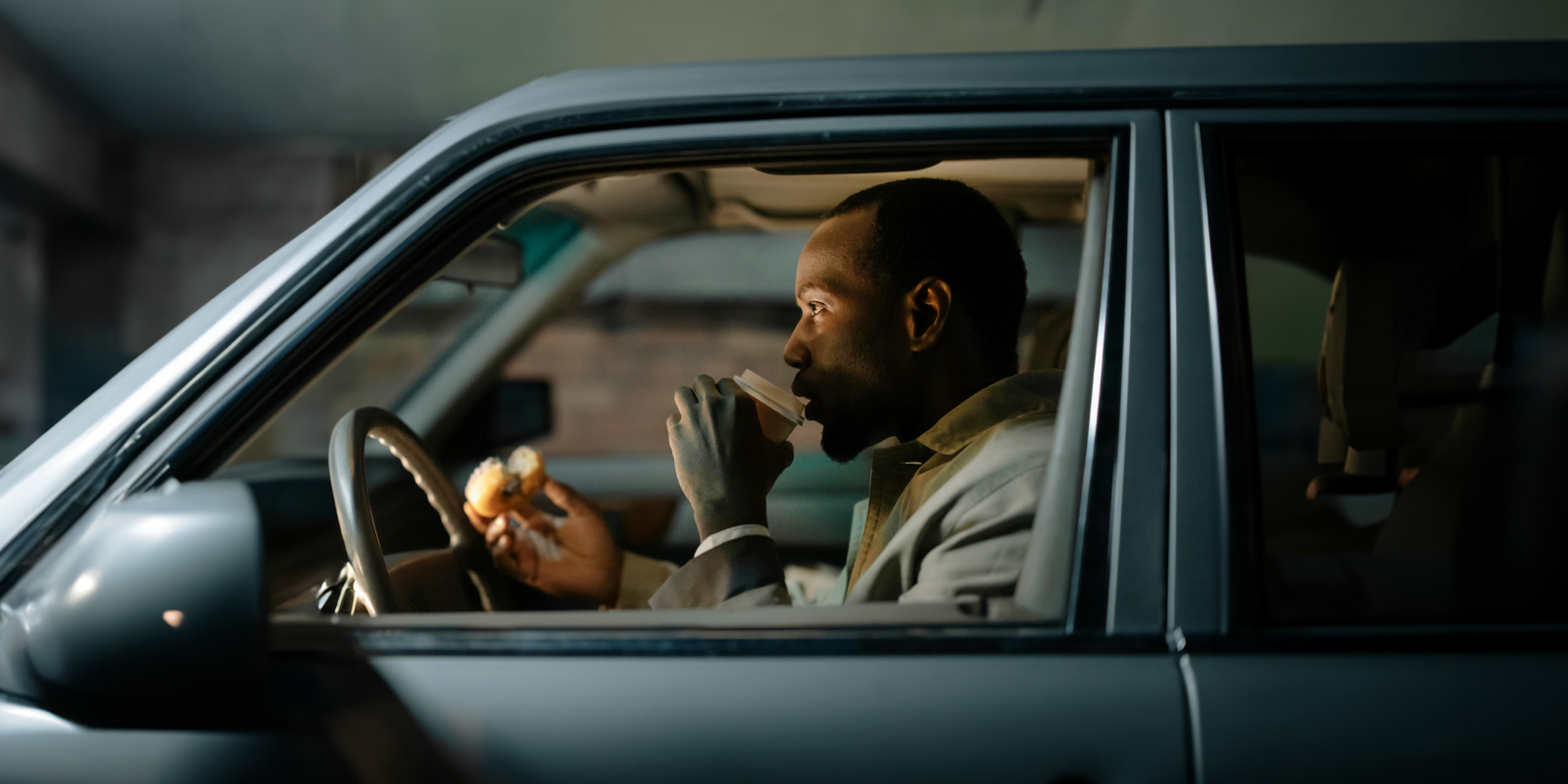In 2021, distracted driving crashes accounted for 8% of all fatal crashes, 14% of injury crashes, and 13% of all police-reported motor vehicle traffic crashes. These statistics paint a grim picture of the hazards that distractions pose on our roads. As we navigate the daily commute or embark on long journeys, distractions infiltrate the driver’s seat, posing a significant threat to everyone on the road.
Fielding Law is dedicated to increasing awareness of the perils associated with distracted driving. Recognizing the profound impact it inflicts on victims and their families, our goal is to illuminate various distractions, their disconcerting statistics, and foster collective efforts for safer roads.
Let us delve deeper into why distractions while driving are not just dangerous but potentially deadly:
- Texting and Driving: According to the National Highway Traffic Safety Administration (NHTSA), texting while driving is one of the most alarming distractions, requiring visual, manual, and cognitive attention simultaneously. Sending or reading a text takes the driver’s eyes off the road for an average of five seconds – equivalent to traveling the length of a football field at 55 mph, a recipe for disaster.
- Phone Use: Whether making calls, browsing the internet, or using GPS navigation, using a mobile phone while driving significantly impairs a driver’s ability to react swiftly to changing road conditions. Even hands-free devices can pose risks, diverting cognitive focus from driving.
- Eating and Drinking: While seemingly innocent, eating or drinking behind the wheel can divert attention from the road and impair a driver’s ability to react promptly to hazards. Juggling food or beverages while driving increases the risk of collisions and compromises safety.
- Passenger Distractions: Interacting with passengers, especially lively conversations or attending to children, can draw a driver’s focus away from the road. Engaging with passengers can lead to erratic driving behaviors and hinder a driver’s ability to maintain control of the vehicle.
- Adjusting Controls: Tuning the radio, adjusting climate controls, or programming GPS systems demands visual and manual attention from the driver. Seemingly innocuous tasks can contribute to distracted driving incidents and increase the likelihood of accidents.
- Pets in the Vehicle: Traveling with unrestrained pets in the vehicle can be a significant distraction. Whether it’s a dog sitting on the driver’s lap, a cat roaming freely, or any other unsecured pet, their movements can divert attention, potentially leading to accidents.
- Grooming Activities: Performing personal grooming activities, such as applying makeup, combing hair, or shaving, diverts a driver’s attention from the road, increasing the risk of accidents.
- Daydreaming or Mind Wandering: Allowing the mind to wander or daydreaming while driving can lead to a lapse in attention, making it challenging to respond to sudden changes in traffic conditions.
- External Events: Taking attention away from the road to observe external events, such as roadside accidents, scenic views, or other incidents, can contribute to distracted driving.
- Unsecured Cargo: Items rolling around or shifting in the vehicle, especially in the backseat or trunk, can divert the driver’s focus as they attempt to secure or retrieve them while driving.
Why Hire Fielding Law?
 The road should be a safe space for everyone, but distractions jeopardize that safety. Fielding Law emphasizes the importance of staying focused while driving to prevent accidents and save lives. If you or a loved one has been affected by a distracted driving incident, contact Fielding Law at 833.88.SHARK for a free legal consultation and expert guidance. Do not let distractions turn the road into a danger zone.
The road should be a safe space for everyone, but distractions jeopardize that safety. Fielding Law emphasizes the importance of staying focused while driving to prevent accidents and save lives. If you or a loved one has been affected by a distracted driving incident, contact Fielding Law at 833.88.SHARK for a free legal consultation and expert guidance. Do not let distractions turn the road into a danger zone.
Note: Information provided is for educational purposes and does not constitute legal advice. Always consult with a qualified attorney for legal concerns.





